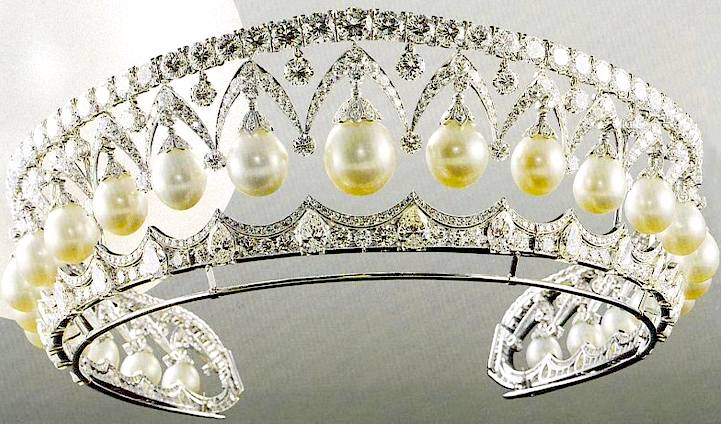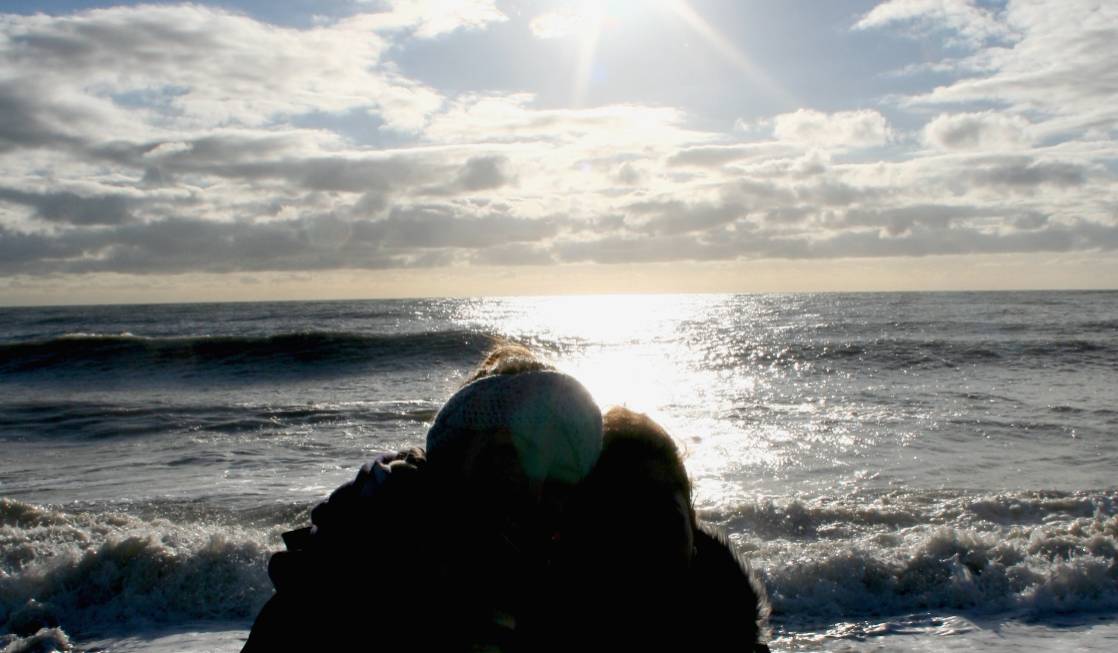PEARLS
- The Russian
Imperial Tiara
seen above is spectacular for its arrangement of 25 pearls as drops
suspended from a platinum (white gold) frame that is encrusted with diamonds.
A pearl is a hard object produced within the soft tissue (specifically the mantle) of a living shelled mollusk. Just like the shell of a clam, a pearl is composed of calcium carbonate in minute crystalline form, which has been deposited in concentric layers. The ideal pearl is perfectly round and smooth, but many other shapes (baroque pearls) occur. The finest quality natural pearls have been highly valued as gemstones and objects of beauty for many centuries. Because of this, pearl has become a metaphor for something rare, fine, admirable and valuable.
The most valuable pearls occur spontaneously in the wild, but are extremely rare. These wild pearls are referred to as natural pearls. Cultured or farmed pearls from pearl oysters and freshwater mussels make up the majority of those currently sold. Imitation pearls are also widely sold in inexpensive
jewelry, but the quality of their iridescence is usually very poor and is easily distinguished from that of genuine pearls. Pearls have been harvested and cultivated primarily for use in jewelry, but in the past were also used to adorn clothing. They have also been crushed and used in cosmetics, medicines and paint formulations.
Whether wild or cultured, gem-quality pearls are almost always nacreous and iridescent, like the interior of the shell that produces them. However, almost all species of shelled mollusks are capable of producing pearls (formally referred to as "calcareous concretions" by some sources) of lesser shine or less spherical shape. Although these may also be legitimately referred to as "pearls" by gemological labs and also under U.S. Federal Trade Commission rules, and are formed in the same way, most of them have no value except as curiosities.
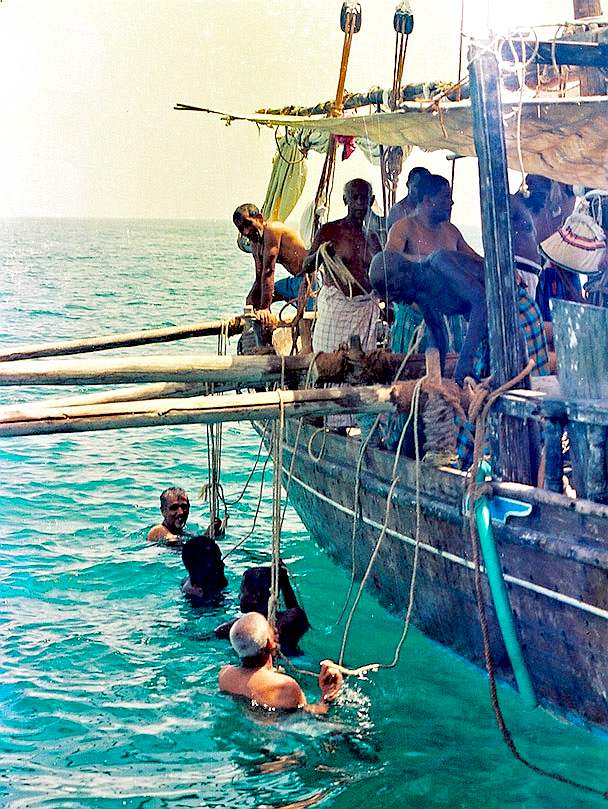
Asian
male pearl divers in the Indian Ocean
VICTORIA
& ALBERT MUSEUM
Natural oyster pearls were fished in the Gulf from as early as the first millennium BC until the decline of the trade by the mid 20th century. The procedure of harvesting oysters has remained unchanged over centuries. The diver’s equipment was basic, a loin cloth, nose clip of tortoiseshell or
wood and a leather sheath to hold the oysters.
The diver descended with two ropes: one attached to a net for collecting the oysters (about twelve per dive), the second attached to a stone weighing five to seven kilograms to speed up descent, with a loop for the diver’s foot. When he was ready, the puller attentive to his signals would let the two ropes run free. Within seconds the diver would reach the bottom, sometimes as deep as 22 metres, and let go of the
rope carrying the weight.
In the East and the West tastes in jewellery may vary but the significance of pearls remains the same, with pearls worn as symbols of power and an indicator of rank in society. They were much revered objects of desire due to the rarity of natural pearls.
Rulers wore crowns adorned with pearls to demonstrate dynastic authority and the prosperity of their lands. In
Russia,
Iran, China and
India, ostentatious displays of pearls formed an integral part of the regalia of ruling monarchs.
In Europe, royal and aristocratic women wore rare pearls mounted on splendid tiaras to dazzle and impress. As old social conventions were overturned, pearls adorned the necklines of ladies of fame and fortune. The screen goddesses of
Hollywood movies and, more recently, fashionable, media-friendly
celebrities have helped to uphold the unfailing glamour of
pearls, including the Princess
Charlene of Monaco.
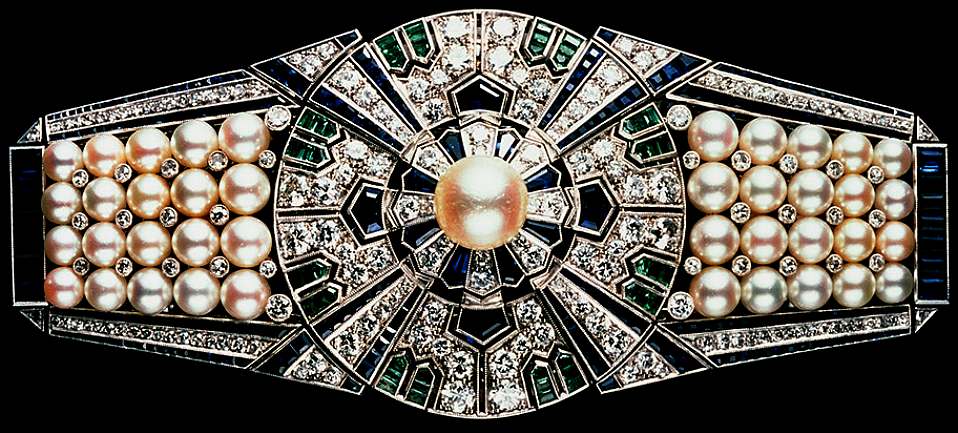
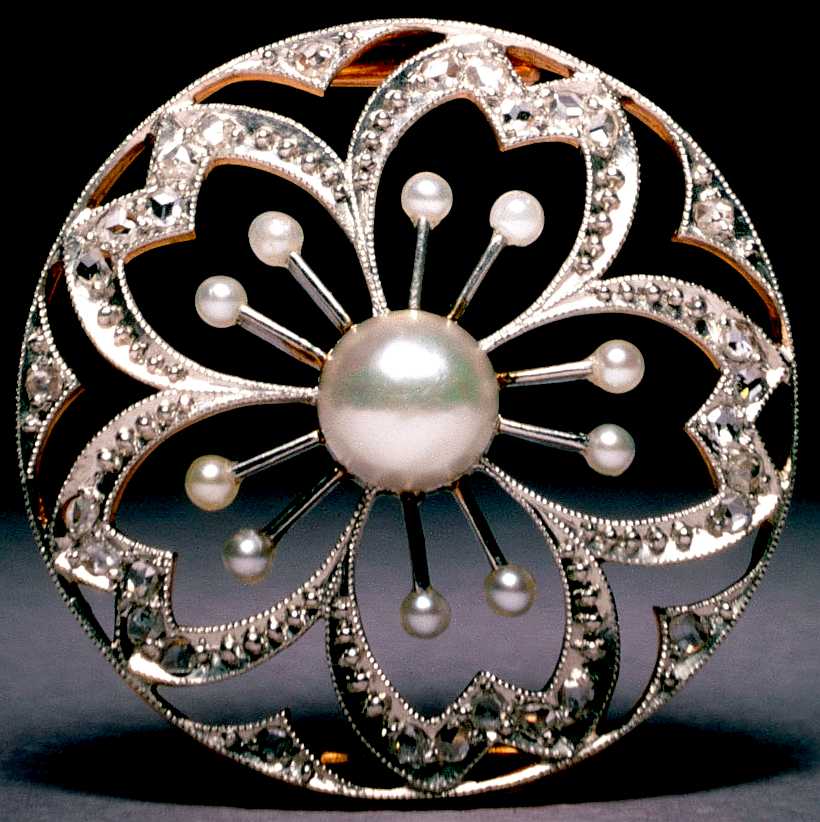
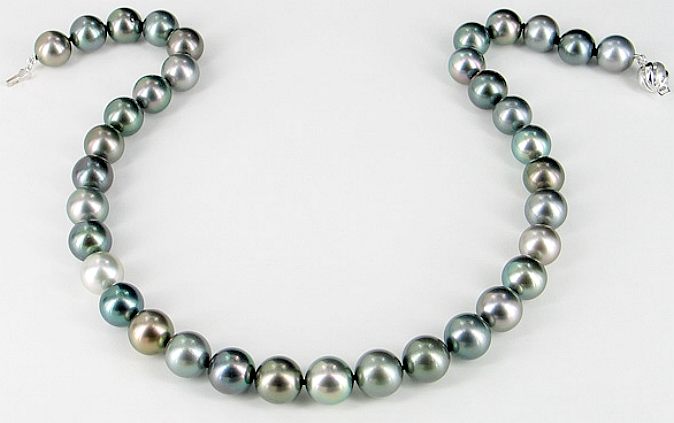
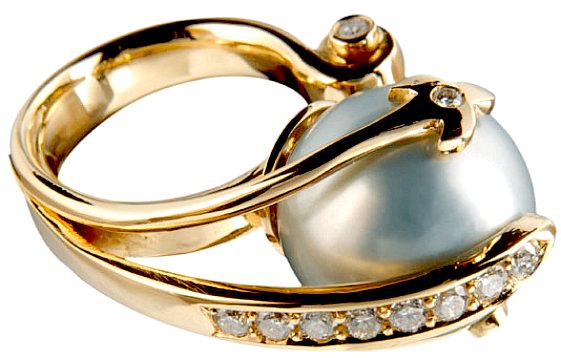
PEARL
HUNTING
Pearl hunting is the act of recovering pearls from oysters in the sea. Pearl hunting used to be the prime industry in the Persian Gulf region and
Japan.
Before the beginning of the 20th century, the only means of obtaining pearls was by manually gathering very large numbers of pearl oysters or mussels from the ocean floor or lake or river bottom. The bivalves were then brought to the surface, opened, and the tissues searched. More than a ton were searched in order to find at least 3-4 quality pearls.
In order to find enough pearl oysters, free-divers were often forced to descend to depths of over 100 feet on a single breath, exposing them to the dangers of hostile creatures, waves, eye damage, and drowning, often as a result of shallow water blackout on resurfacing. Because of the difficulty of diving and the unpredictable nature of natural pearl growth in pearl oysters, pearls of the time were extremely rare and of varying quality. The Great Depression in the
United States made it hard to get good prices for pearl shell. The natural pearls found from harvested oysters were a rare bonus for the divers. Many fabulous specimens were found over the years. By the 1930s,
over-harvesting had severely depleted the oyster beds. Governments were forced to strictly regulate the harvest to prevent the oysters from becoming extinct, and the Mexican government banned all pearl harvesting from 1940 to 1960.
In Asia, some pearl oysters could be found on shoals at a depth of 5–7 feet (1.5–2 meters) from the surface, but more often
divers had to go 40 feet (12 meters) or even up to 125 feet (40 meters) deep to find enough pearl oysters, and these deep dives were extremely hazardous to the divers. In the 19th century, divers in
Asia had only very basic forms of technology to aid their survival at such depths. For example, in some areas they greased their bodies to conserve heat, put greased cotton in their ears, wore a
tortoise-shell clip to close their nostrils, gripped a large object like a rock to descend without the wasteful effort of swimming down, and had a wide mouthed basket or net to hold the oysters.
For thousands of years, most seawater pearls were retrieved by divers working in the
Indian
Ocean, in areas such as the
Persian
Gulf, the Red Sea, and in the Gulf of Mannar (between Sri Lanka and India). A fragment of Isidore of Charax's Parthian itinerary was preserved in Athenaeus's 3rd-century Sophists at Dinner, recording freediving for pearls around an island in the Persian Gulf.
Pearl divers near the Philippines were also successful at harvesting large pearls, especially in the Sulu Archipelago. In fact, pearls from the Sulu Archipelago were considered the "finest of the world" which were found in "high bred" shells in deep, clear, and rapid tidal waters. At times, the largest pearls belonged by law to the sultan, and selling them could result in the
death penalty for the seller. Nonetheless many pearls made it out of the archipelago by stealth, ending up in the possession of the wealthiest families in
Europe. Pearling was popular in
Qatar, Bahrain, and some areas in
Persian Gulf countries.
In a similar manner as in Asia, Native Americans harvested freshwater pearls from lakes and rivers like the Ohio, Tennessee, and Mississippi, while others successfully retrieved marine pearls from the
Caribbean and waters along the coasts of Central and South America.
In the time of colonial slavery in northern
South America (off the northern coasts of modern
Colombia and
Venezuela), a unique occupation amongst slaves was that of a pearl diver. A diver's career was often short-lived because the waters being searched were known to be
shark-infested, resulting in frequent attacks on divers. However, a slave who discovered an extra-large pearl could sometimes purchase his freedom.
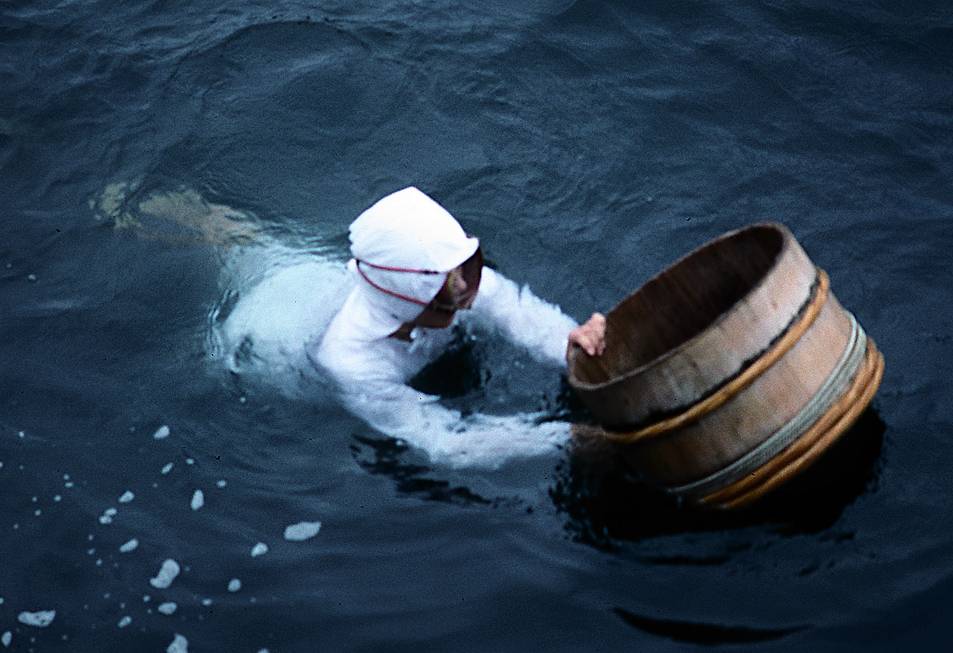
AMA
- Female Japanese pearl
divers are among the best in the world. Keeping our oceans healthy is
all part of ensuring that blue
growth is sustainable for a circular
economy.
AMA
Ama
(海人, women
海女; men
海士;), uminchu (in Okinawan) or kaito (in Izu Peninsula) are Japanese divers, famous for collecting pearls.
Ama means "Sea Woman."
Japanese tradition holds that the practice of ama may be 2,000 years old. Even as recently as the 1960s, ama dived wearing only a loincloth. The reason for that is the increased depth a diver can achieve with fewer garments - the ideal being completely
naked to reduce frictional resistance, not practical today in society
- though modern bikinis are so skimpy it is surprising that ama don't adopt them as standard dress.
Even today ama dive without scuba gear or air tanks, making them free-divers. The majority of ama are women because of their tolerance to the cold, where it is held that the fat distribution for a females body provides better insulation to their male counterparts.
Depending on the region, ama may dive with masks, fins, and torso-covering wetsuits at the most. Divers who work for tourist attractions use white, partially transparent suits, even though this
impairs their performance.
Ama are famous for pearl diving, but originally they dived for food like seaweed, shellfish, lobsters, octopus, and sea urchins — and oysters which sometimes have pearls.
Ama can keep diving well past 50-60 years of age. The more mature divers are generally able to stay submerged longer than youngsters, building up an
oxygen store in the muscles that takes time to develop.
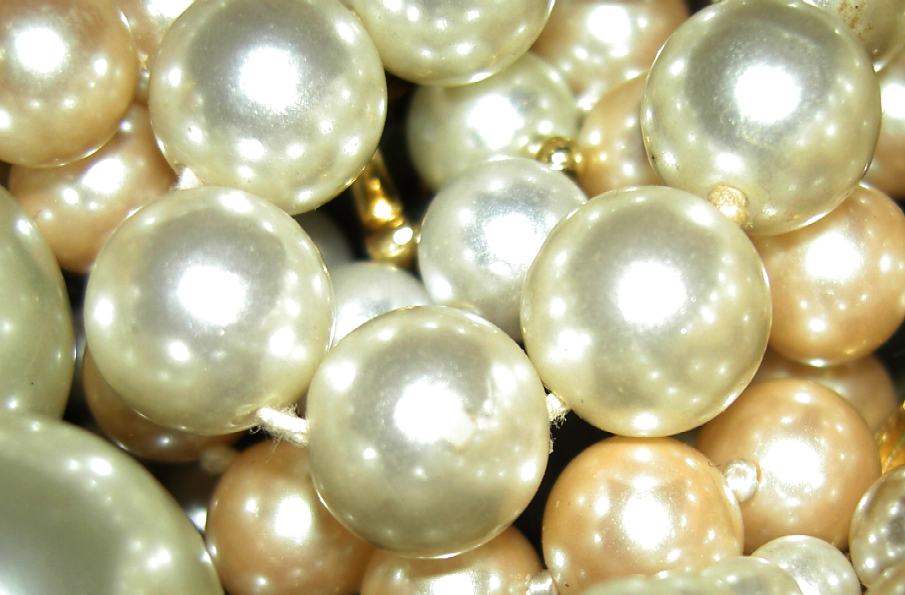
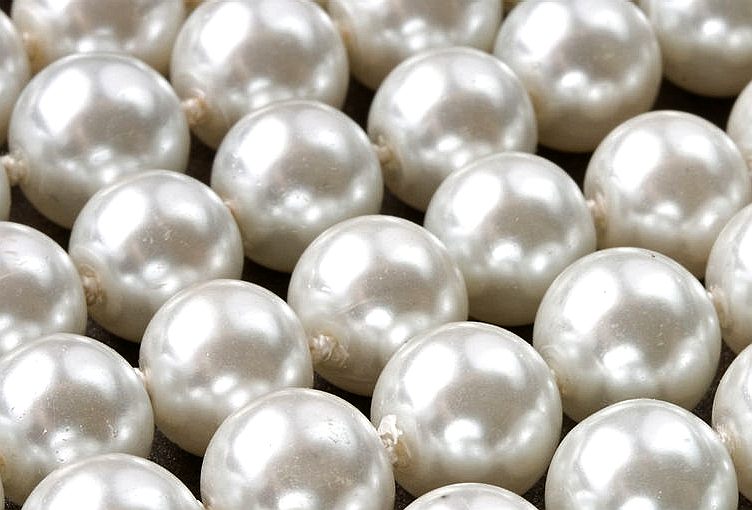
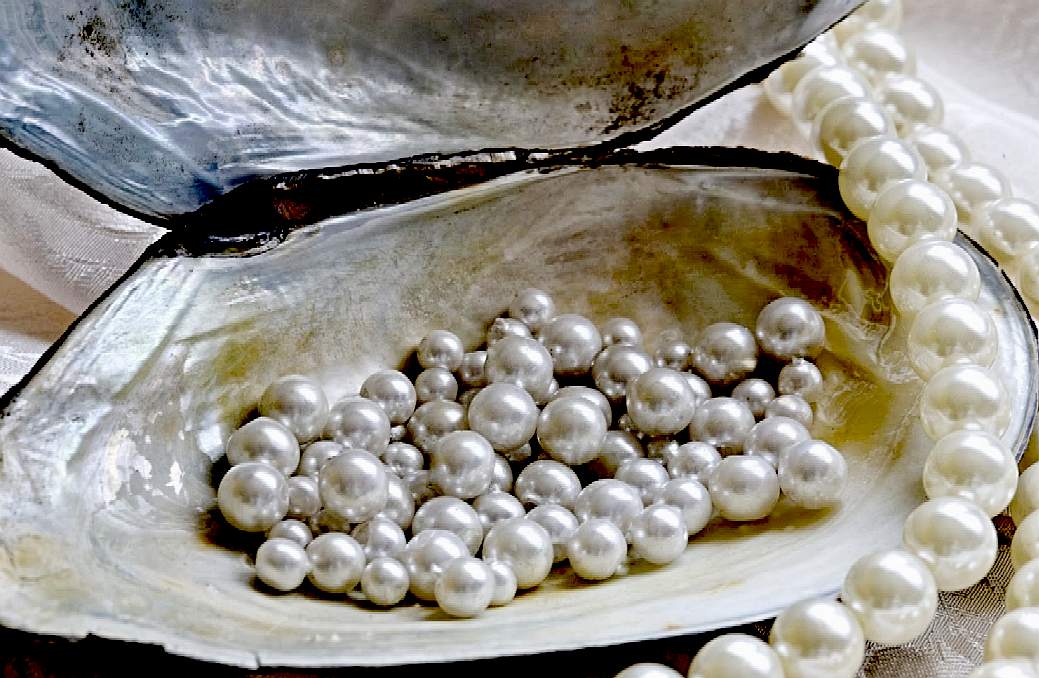
CULTURED
PEARLS FROM THE SOUTH SEAS
Attempts to produce pearls through human intervention go back centuries. The ancient
Chinese had discovered how to create a blister pearl by inserting an object into the oyster. In the 18th century the Swedish naturalist Carl Linnaeus experimented in a similar way.
However, it was Kokichi Mikimoto (1858–1954) in Japan, who at the beginning of the 20th century was granted a patent for developing round cultured pearls from Akoya oysters that their industrial production began. By the 1950s cultured pearls had conquered the market and Mikimoto’s dream ‘to adorn the necks of all the women of the world with pearls’ became a reality.
Today Mikimoto is renowned for its quality control, following the founder’s philosophy of using only the very best quality pearls for jewellery. Its flagship store is still in the Ginza district of
Tokyo.
Cultured pearls from the South Seas are found in countless colours. Their iridescence and hue are dependent on the type of molluscs they are grown in and where they are farmed.
The queen of all oysters, the Pinctada maxima, produces the finest South Sea pearls. These come from established farms in
Burma, Indonesia, the Philippines, Thailand and along the northern coast of Australia. The common Pinctada maxima produces white pearls, the silver-lipped variety results in pale
metallic-grey tints and the gold-lipped specimen creates gems with an intense golden hue.
The Pinctada margaritifera, the black-lipped oyster from the Pacific atolls, produces the famous Tahitian pearls. These are not all black. Some are white, and the black ones take on spectacular green, blue, even
aubergine, tones reminiscent of the colours of peacock feathers.
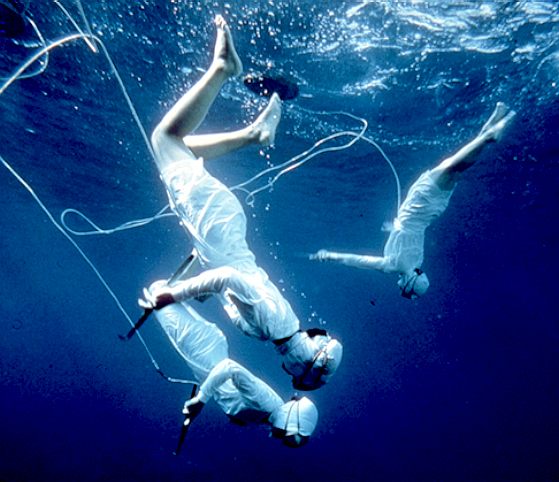
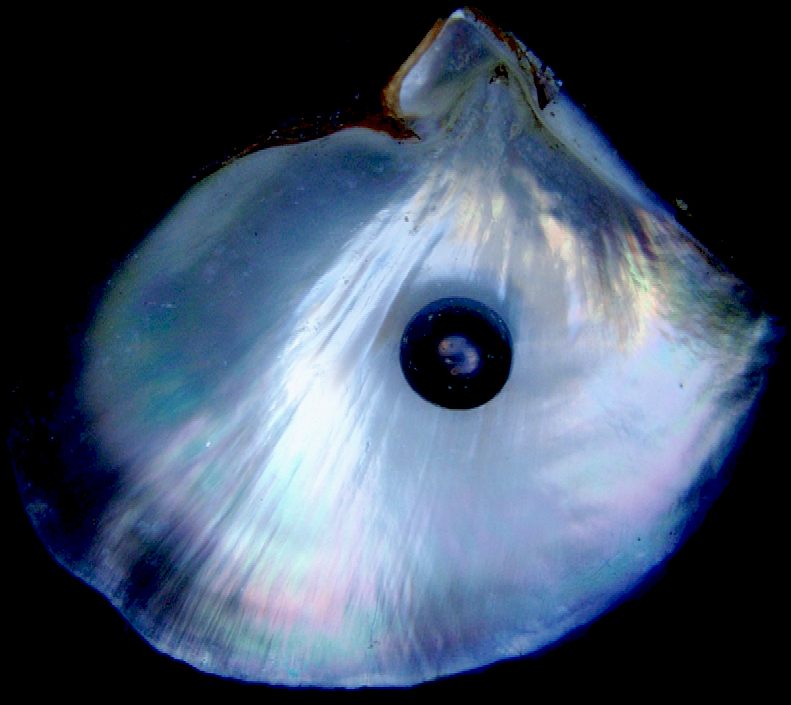
LINKS
Pearls
UK
Absolute
pearls UK dealers
Wikipedia
Mikimoto_Kokichi
Wikipedia
Ama women pearl diving
Wikipedia
Pearl_hunting
Wikipedia
Pearls
http://www.christies.com/
http://www.pearls.co.uk/
http://www.absolutepearls.co.uk/
https://en.wikipedia.org/wiki/Mikimoto_K%C5%8Dkichi
https://en.wikipedia.org/wiki/Ama_%28diving%29
https://en.wikipedia.org/wiki/Pearl_hunting
https://en.wikipedia.org/wiki/Pearl
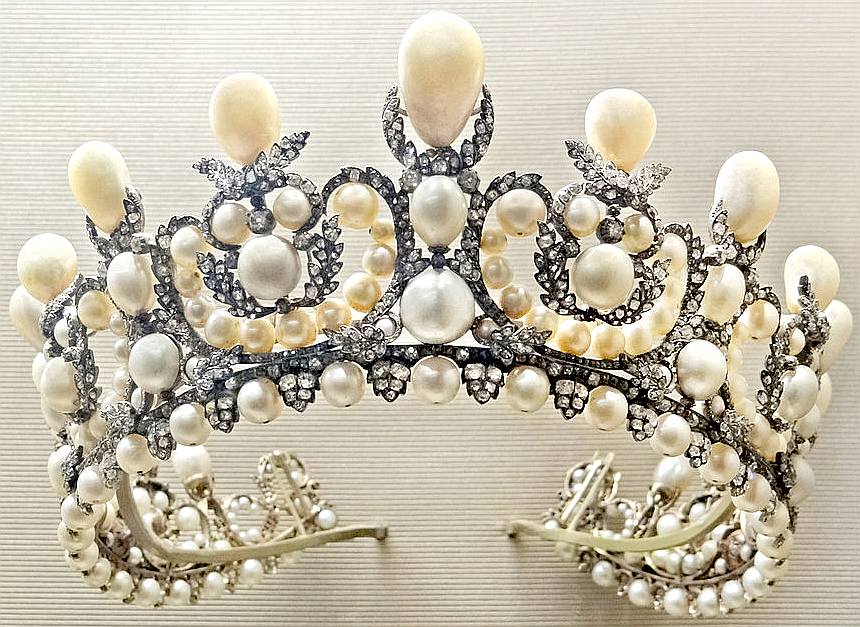
TIARA:
The Diademe de limperatrice
Eugenie is a pearl tiara with over 200 pearls set with diamonds.
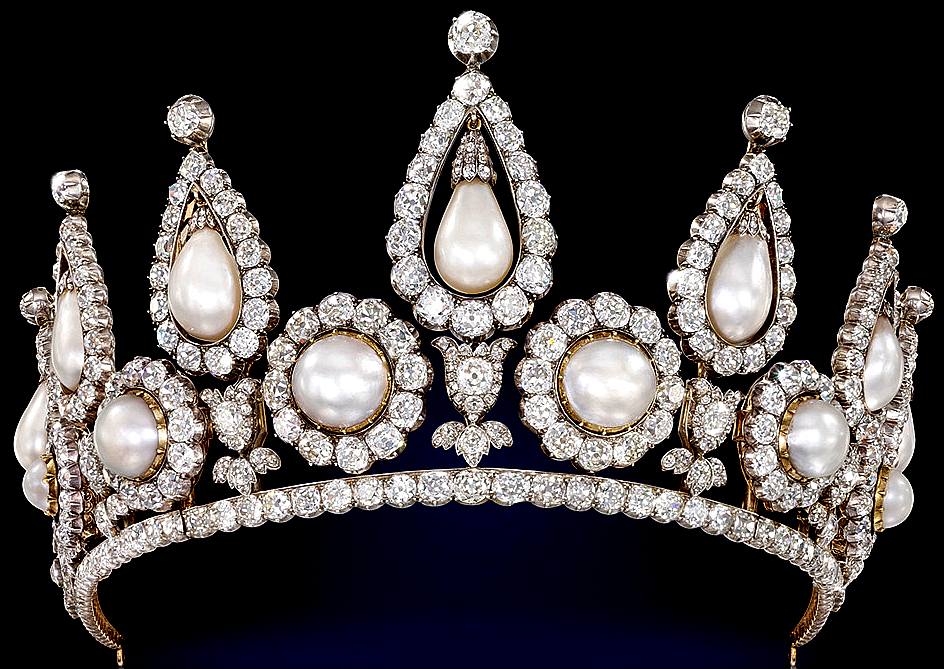
The Rosebery Pearl and Diamond Tiara, London, 1878, gold,
silver, diamonds, natural bouton pearls and natural drop-shaped pearls. Qatar Museums Authority. Photo
credit Christie's.
